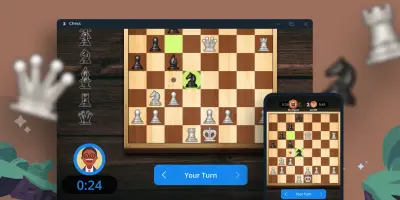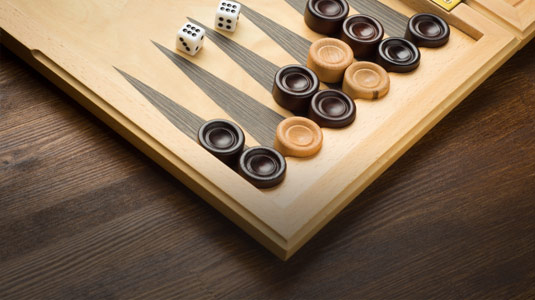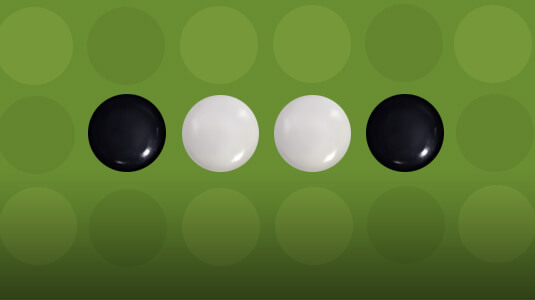Play Chess online with friends for free
Starting the Game
White goes first. Each player in turn chooses one of his or her pieces and moves it according to the movement rules pertaining to that type of piece.
Capturing Pieces
No piece may ever move onto a square occupied by another piece of the same color. A piece may, however, move onto a square occupied by an opponent's piece. When this happens, the opponent's piece is "captured" and is permanently removed from play. A piece making a capture must end its move immediately.
Kings, knights, bishops, rooks, and queens capture by moving in their usual ways, ending their move on a square occupied by an opponent's piece.
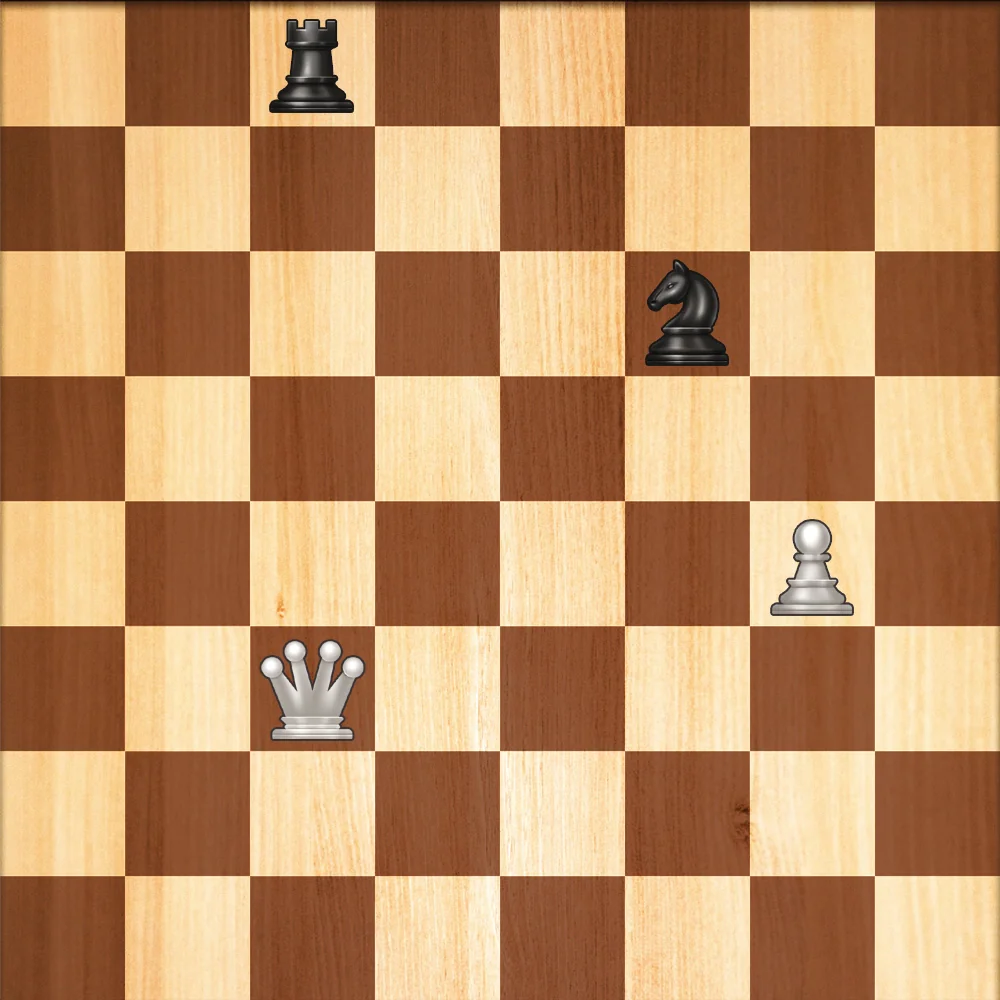
In the above diagram, the queen may land on and capture either the rook or knight, the rook may capture the queen, and the knight may capture the pawn.
Pawns, however, do not capture as they move; instead, they capture by moving one square diagonally forward.
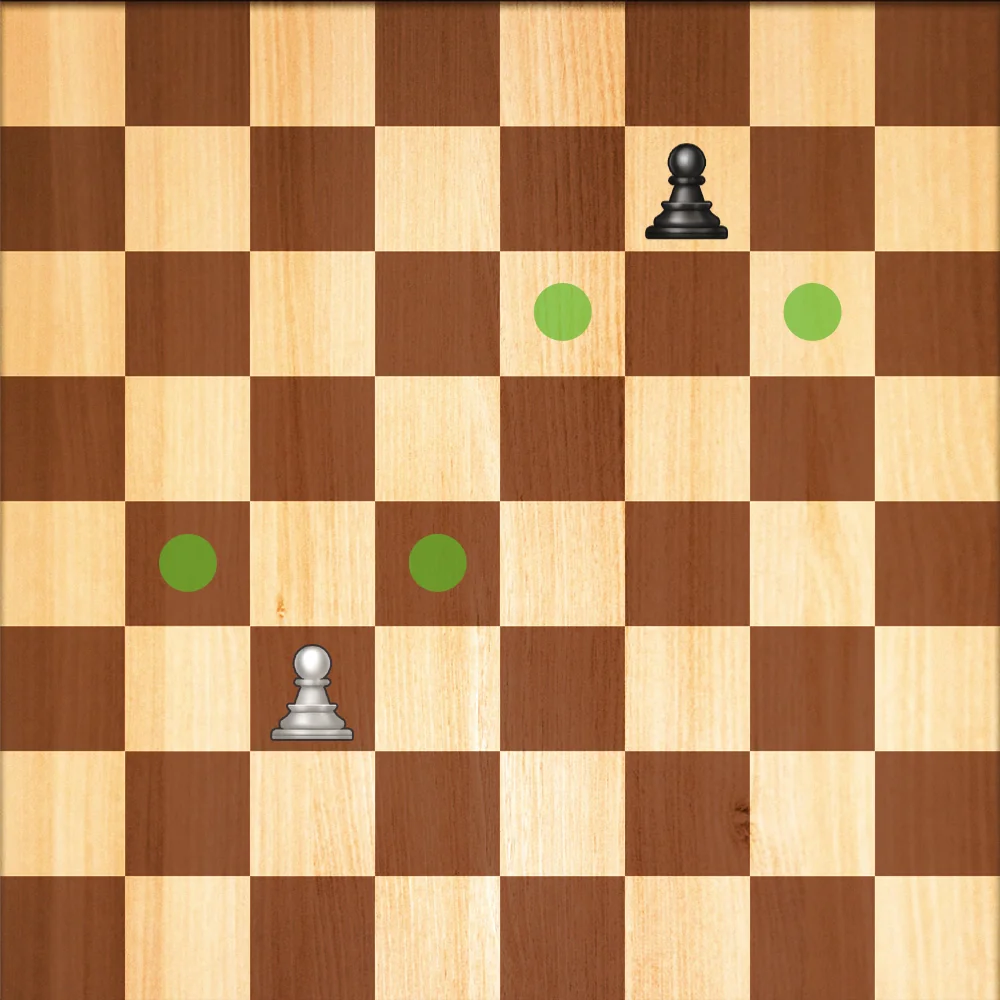
In the above diagram, the pawns may capture opposing pieces on any of the squares marked with green dots.
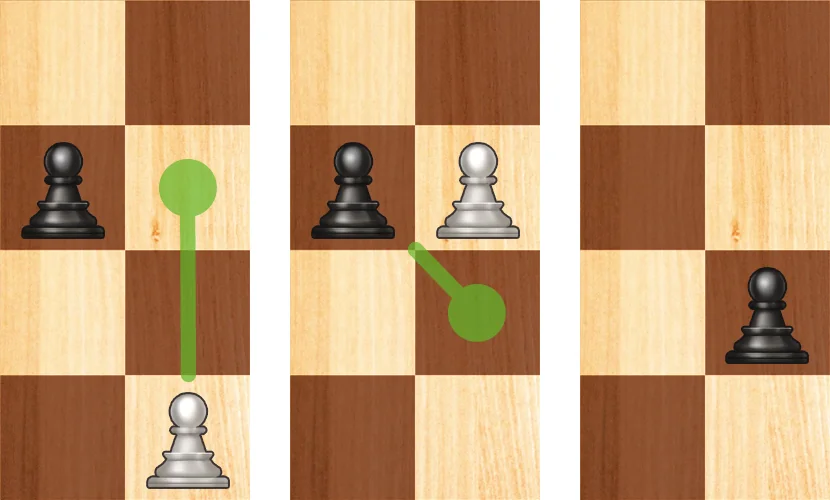
En Passant
A pawn may also capture an enemy pawn "in passing," or "en passant."
This is only possible under the following conditions:
- The enemy pawn has just made a two-square advance from its starting square. (If it happened on a previous move, it's too late to make an en passant capture).
- A pawn could have captured the enemy pawn if it had only advanced one square instead of two.
When these conditions are met, the pawn may capture as if the enemy pawn had only advanced one square, as shown in the following diagrams. This is the only situation in chess in which moving onto an empty square results in a capture.
Castling
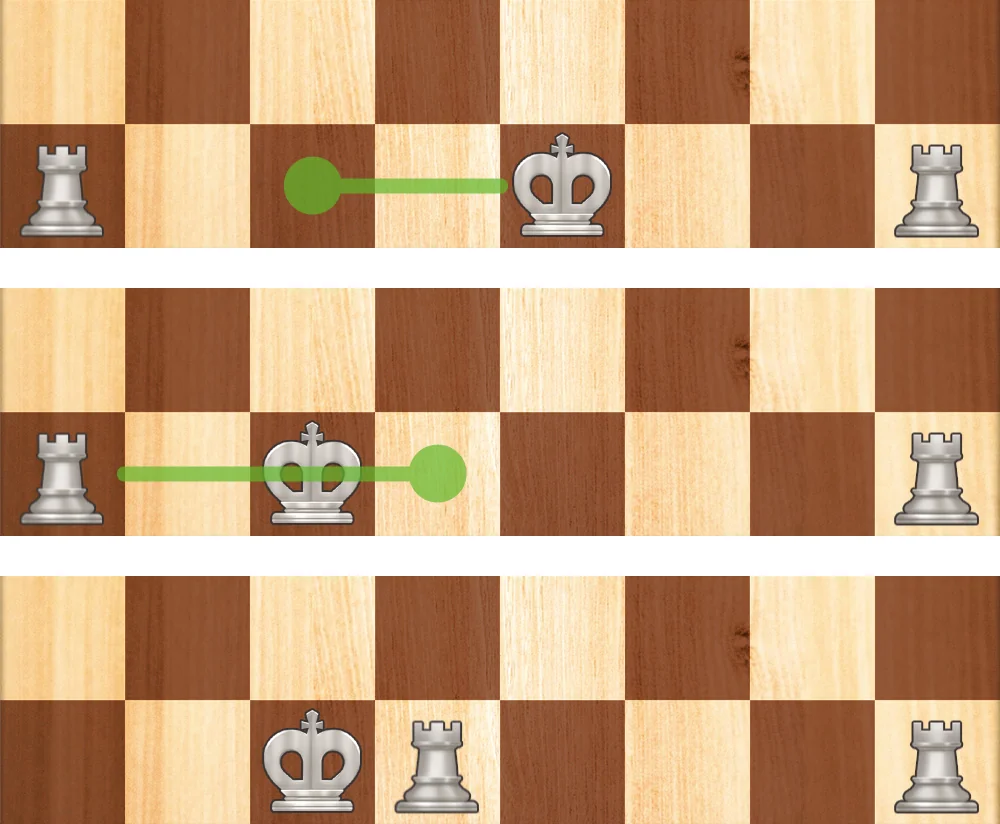
Once in the game, each player may make a special move called "Castling," in which both the king and one rook are moved. To castle, a player moves the king two squares toward either rook, then jumps that same rook over the king and stops on the square adjacent to the king.
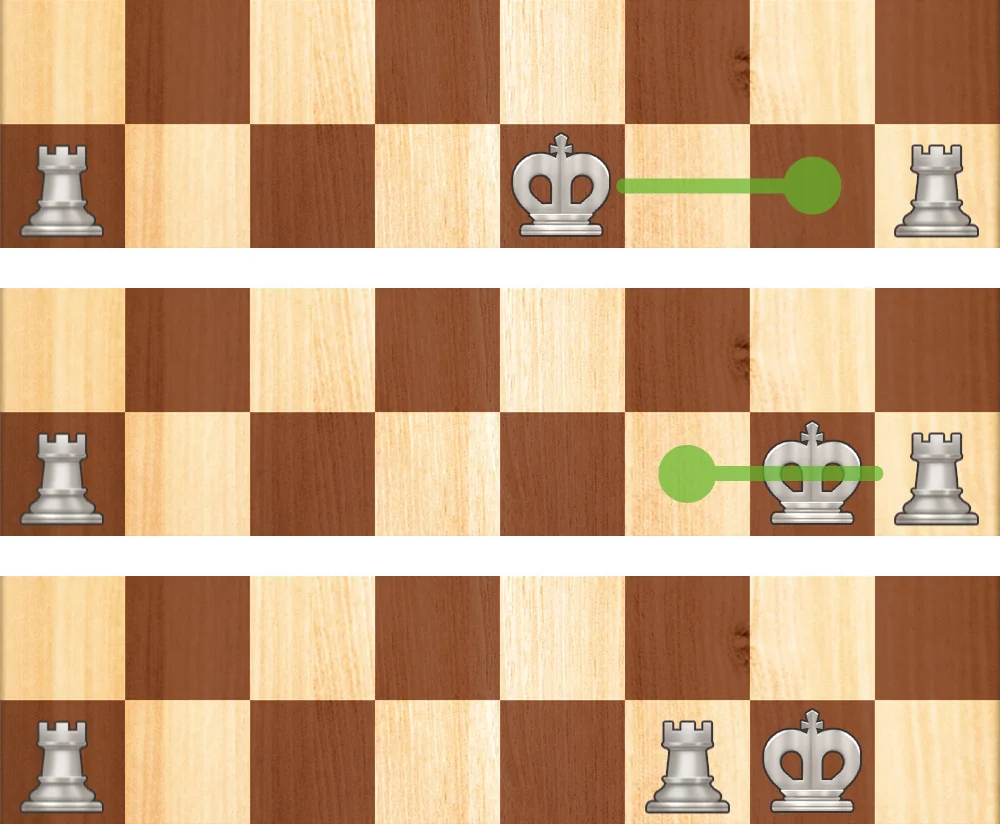
For castling to be legal, the squares between the king and rook must all be empty, neither the king nor rook may have moved previously, the king may not be in check (under attack), and after the move neither the king nor the rook may be on a square that is under attack by an opposing piece.
Promotion
When a pawn advances to the last "rank," or horizontal row of squares, it is promoted into its owner's choice of a knight, bishop, rook, or queen (it may not become a king). The usual choice is a queen, the most powerful piece, and it is perfectly legal for a player to promote to a queen even though he or she already has one elsewhere on the board. Occasionally, it is better to promote to a knight (to fork two pieces or avoid stalemate) or a bishop or rook (to avoid stalemate).
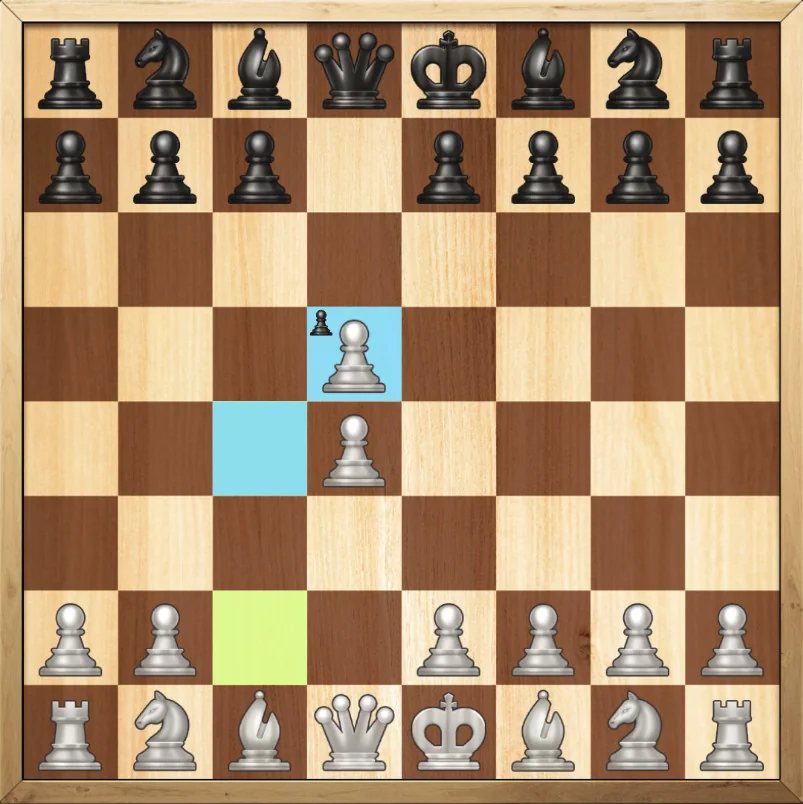
Premoves
Premoves are conditional moves that are entered during your opponent's turn. This move is executed as soon as your opponent plays their move if your premove is valid at that time. If not, the premove is canceled and you must move normally. Premoves are most commonly used to save time on your clock. Premoves take no time off your clock in their execution.
In the below image, the move highlighted in blue is a premove. The black pawn shown in the center of the destination square indicated that black currently has a pawn on that square. This pawn will be captured after black makes their move given that it is still a legal move.
Top Ranked Winners
Can I play online?
Yes. Install the Plato app on iOS, Android, or macOS to play the full catalog with friends or matchmade opponents. You can also play Ocho online in your web browser — no install needed.
Can I play with friends?
Yep. Tap Create Private Game, then share the invite link or invite from your contacts. When they tap Accept, they're seated at your table.
Is it free?
Yes — free to play and ad-free. If you buy something, it's for looks (themes, profile flair), not power.
Is it fair?
Shuffles, deals, dice, and timers run on Plato servers, not your device. Everyone plays by the same rules and no one can peek at hidden information.
Is it safe?
You can block and report from profiles or chat. Public spaces use filters and human review. Some rooms use Chat Pass to deter spam, and privacy controls let you limit who sees you online.
Live vs. turn-based: what’s the difference?
Both are turn-taking; the difference is the clock. Live uses short timers for quick back-and-forth. Turn-based gives you longer — often up to 24 hours per move in games like Chess — so you can play at your pace.
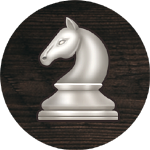 Chess
Chess